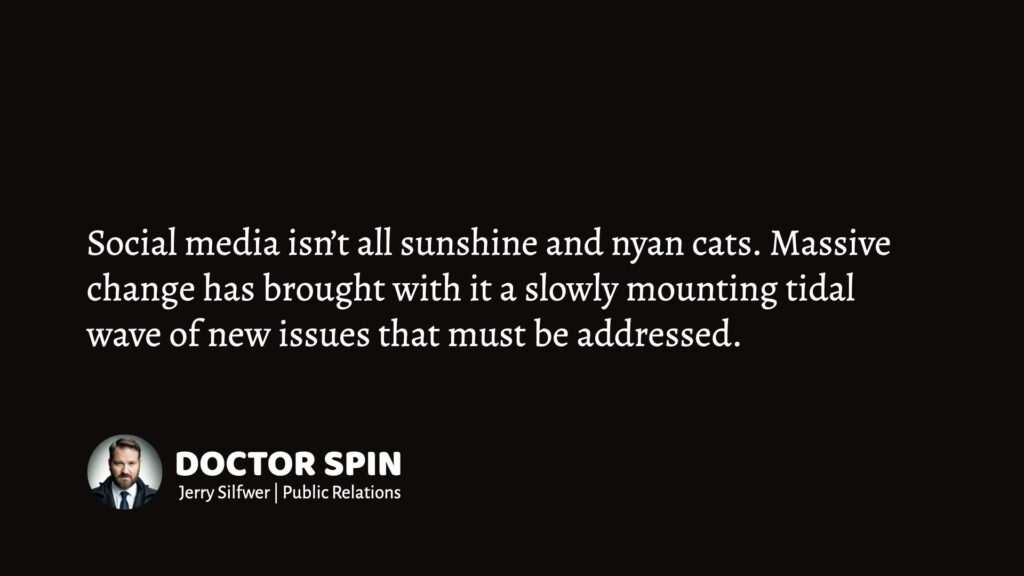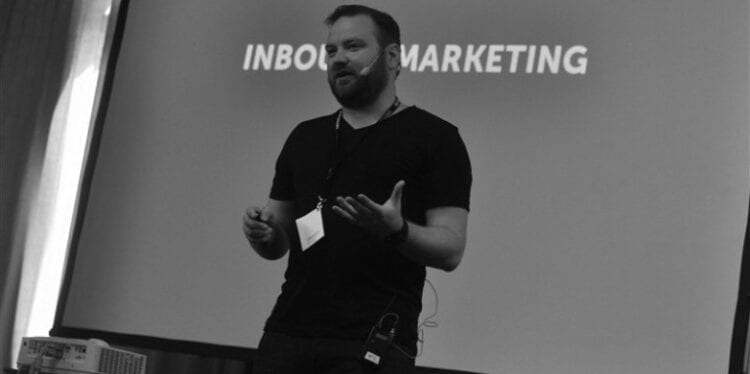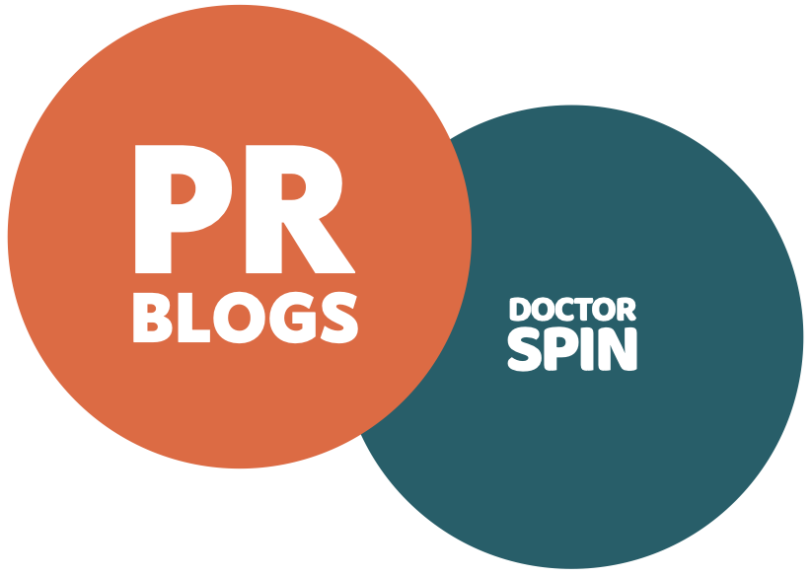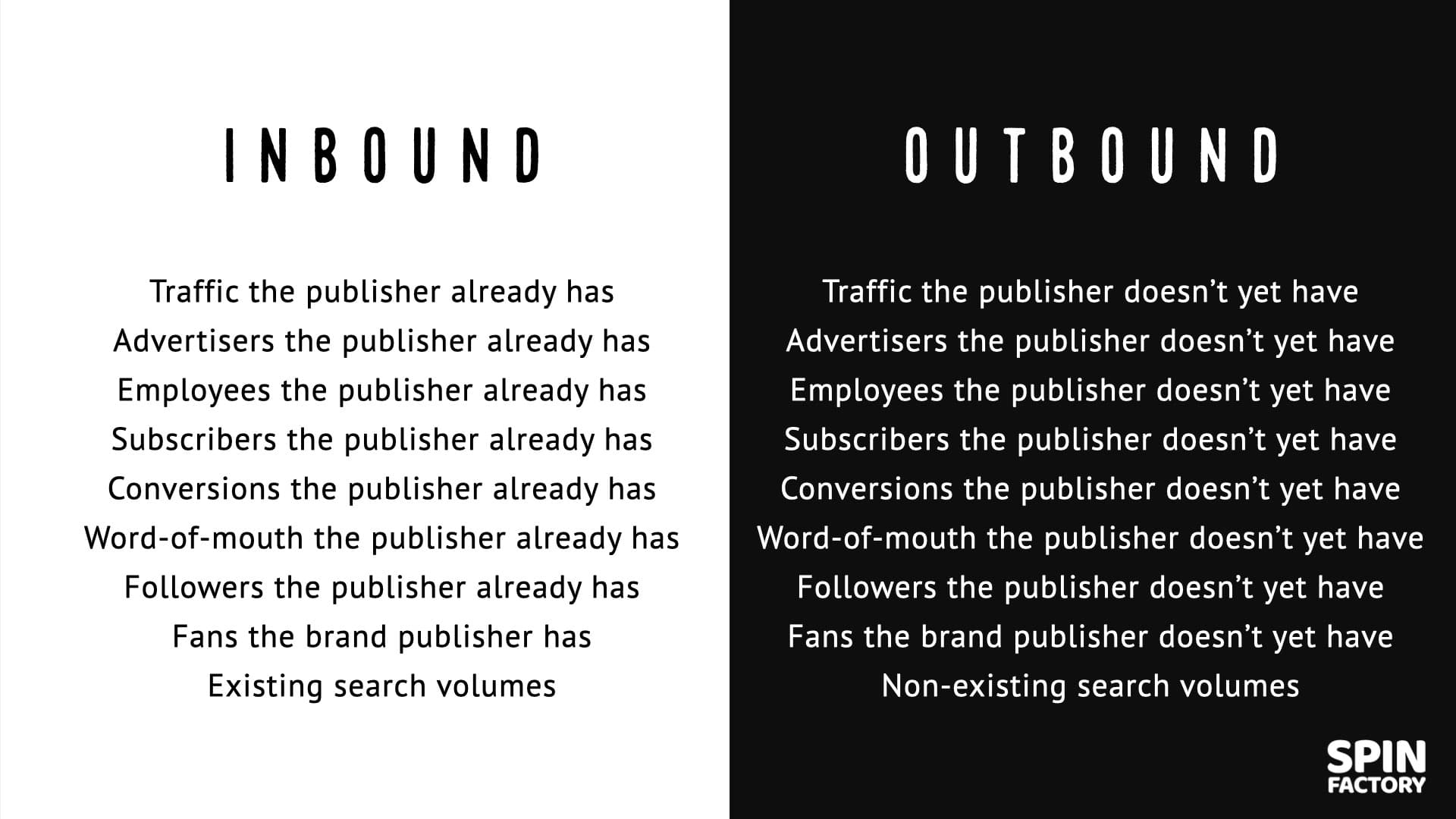Every brand needs to prioritise its online basecamp.
This post will discuss why your organisation might benefit from shifting its focus away from social media and onto the brand’s website.
Here we go:
The Online Basecamp
I’ve been devising professional brand strategies for over a decade and am in awe of social media’s power. It’s a cultural melting pot of ideas and expressions on a global scale.
But as PR professionals, we’d be wise to remember that social media is a mass phenomenon. Few brands enjoy the success often associated with influencers.
In the corporate universe, it’s digital-first.
Not necessarily social media first.
A brand’s website — its online basecamp — is often underused, underestimated, and underappreciated.
But it shouldn’t have to be that way.
Rethinking Social Media
Social media has been a priority for many organisations for many years. But digital-first is more than just social media. And, let’s face it: social media doesn’t work for all organisations alike.
A brand’s website should be its online basecamp, a place for like-minded people to brainstorm, test ideas, put up your roadmaps, and review logs.
But website publishing is seen as boring.
Social media, on the other hand, keeps us on our toes. Networks like YouTube, TikTok, Twitch, Facebook, Twitter, Reddit, Instagram, LinkedIn, and Snapchat keep us on our toes, and they have a knack for dominating our newsfeeds.
But the truth is that very few brands do well in social media.
Social Media PR Challenges
Social media publishing for brands comes with significant PR drawbacks:
List of Social Media Issues

Spin Academy | Online PR Courses
List of Social Media Issues
Social media isn’t just sunshine and rainbows. With massive change come new social media issues we must deal with.
Here are a few examples of social media issues:
Read also: Social Media: The Good, The Bad, The Ugly
💡 Subscribe and get a free ebook on how to get better PR ideas.

Seeking a Pragmatic Approach
If social media marketing works for you, that’s great.
However, social media marketing doesn’t work for lots of brands. They could probably do much better if they shifted their focus away from social media and directed those resources to their website.
Because complaining about social media won’t give you results.
Neither search engines nor social networks are known to give in to user demands; either you play by the social network’s rules or don’t play at all.
Of course, any brand can leverage the full power of social media. But too many brands cannot succeed at once. Even if many more brands did great on social media, there wouldn’t be enough human attention.
Pragmatism is critical for brands. We must leverage all different media channels so that they a) make business sense and b) work in tandem with specific formats.
PR Must Rethink Website Publishing
I started blogging before it was cool, and I kept blogging well past the hype days — and I’m still at it. I wouldn’t trade having a fully controlled online presence for anything. And neither should you.
Website publishing extends well beyond what we typically think of as blogging.
Because here’s the thing:
Websites are uniquely flexible. One single website can simultaneously accommodate several high-level PR strategies on autopilot. And the entire infrastructure is under your control. Social media marketing can’t do this.
And it’s not like we can ignore the power of website publishing for too long, either.
We need online basecamps to accommodate inbound audiences, arguably the most significant paradigm shift for the PR industry in decades:
We must rediscover inbound communications.
Inbound Communications

Spin Academy | Online PR Courses
Inbound vs Outbound
The inbound mindset is a fundamental shift in the PR- and marketing industry.
Historically, many PR- and marketing departments have argued:
“Why should we spend our PR- and marketing budgets on ‘already acquired’ audiences?”
The truth is — it’s the other way around.
Instead of “spamming” non-existing audiences, public relations and marketing can do much more with existing online publics. 1Silfwer, J. (2015, June 11). The Publics in Public Relations. Doctor Spin | The PR Blog. https://doctorspin.net/publics-in-public-relations/
Drawing a line between those who know you and those who don’t know you is nothing new:
This inbound shift is the online equivalent of drawing the line between those who know you and those who don’t know you:
If your Inbound Shift PR Strategy is good, you might not need to prioritise outbound PR strategies — because your inbound audience will attract outbound publics.
Learn more: The Inbound Shift PR Strategy: Beauty From Within
💡 Subscribe and get a free ebook on how to get better PR ideas.

You Need an Online Basecamp
As the paradigm of inbound marketing entered the online universe, it has been proven that many brands must rely on “publishing a continuous stream of new content.”
Is blogging the best way to describe a continuous stream of new content?
Some like to call their website streams newsrooms. Some call them blogs. Some call them content hubs. Some don’t call them anything.
I’ve started referring to clients’ websites as their online basecamp.
The online basecamp is one of the few controlled environments to which a brand can always revert if a social network suddenly changes the rules of engagement.
An online basecamp can host several strategies and serve as a community for like-minded people. In this community, all members of the expeditions ahead can come together, exchange experiences, and try out new ideas.
The online basecamp is where you and your team post your roadmaps, review your logs, share ideas, and discuss solutions. So far, the basecamp analogy has resonated very well with several of my clients.
In other words:
If social media isn’t a good fit for your organisation, stop banging your head against the wall. Shift your focus to the brand website, your online basecamp, instead.

Thanks for reading. Please support my blog by sharing articles with other communications and marketing professionals. You might also consider my PR services or speaking engagements.
PR Resource: PR Blogs

Spin Academy | Online PR Courses
Doctor Spin’s List of PR Blogs
PR blogs come and go, and some seem to go on and on — I should know. I keep this list updated with active blogs on public relations and communications (2024).
Do you know of an active PR blog that should be included in this list. Please contact me!
Learn more: Doctor Spin’s List of PR Blogs
💡 Subscribe and get a free ebook on how to get better PR ideas.

ANNOTATIONS
| 1 | Silfwer, J. (2015, June 11). The Publics in Public Relations. Doctor Spin | The PR Blog. https://doctorspin.net/publics-in-public-relations/ |
|---|




